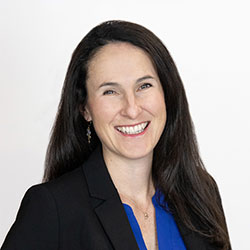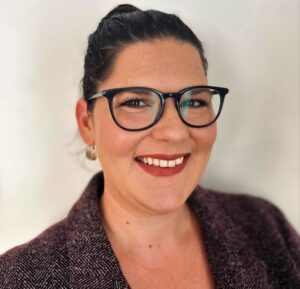Author: Jessica Sacchetti & Bethanne Chapman | Date: March 23, 2023
One of the earliest bad habits new accountants learn when starting their first job is the use of belabored acronyms like “DILLY” and “SALY”— “Do it like last year” or “same as last year.” The AICPA Auditing Standards Board (ASB) aims to challenge this routine mindset with the upcoming implementation of Statement on Auditing Standards No. 145 (SAS 145), Understanding the Entity and Its Environment and Assessing the Risks of Material Misstatement, which encourages auditors, both new and tenured, to think more critically about audit risk assessment.
Some firms may view SAS 145’s definitional and procedural changes as simply line items to add to their checklists, but leaders in the profession will understand the changes resulting from the standard are intent on enhancing audit quality to meet the demands of the future. SAS 145 presents a unique opportunity to make auditing more interesting and fulfilling. While the changes aim to improve the risk assessment process, implementing SAS 145 in a way that takes the goal of the standard to heart will also bring some welcome variety to the daily work of an auditor, allowing for fresh ways of thinking about assessed risks and opportunities to use creative thinking to design tailored responses to those risks.
Embrace Deliberation
As the AICPA states in the executive summary to SAS 145, the update “does not change the key concepts underpinning audit risk.” Some firms may be tempted to rely on this line, making only minor procedural adjustments to their existing risk assessment processes. Taking such an approach misses a big chance to shift auditor thinking from “SALY” to meaningful deliberation.
SAS 145 emphasis areas include:
- Understanding the entity, its environment and the applicable financial reporting framework
- Analyzing risks arising from the use of IT and the related general IT controls
- Assessing inherent risk
- Exercising professional skepticism
These topics are deeply familiar to auditors, and our brains anchor to the familiar—meaning change can be especially challenging. To combat the bias of familiarity, it is critical for firms to proactively create a plan to achieve the mindset shift that SAS 145 intends.
Firms that take the spirit of these standards updates to heart also have an opportunity to strengthen their staff development processes. The increase in critical thinking and deliberation called for by SAS 145 dovetails nicely with the expectations of auditors in the early stages of their careers. As we’ve noted in a previous blog, younger professionals who are considering accounting careers are looking for opportunities to feel more invested in what their firm is doing. When given the chance to think deeply about a client’s environment and the related assessed risks, auditors will likely see more value in the work they do.
The opportunity to champion a deliberative mindset and train a firm’s younger professionals in these areas can serve as a valuable retention tool to counter the risk of those team members being lured away with enticements of more fulfilling work elsewhere.
Audit Risk Assessment Affects Many Training Programs
As a go-to resource for many firms seeking support for their training programs, we at 20-20 Services are frequently asked about standards updates like SAS 145. The concepts in this standard are so pervasive, we found it difficult to communicate the breadth of changes through a standalone course—at least not in a way that would meaningfully change auditor behaviors around audit risk assessment. Instead, we incorporated SAS 145-related changes into all of our audit training modules (Levels 1-6), covering both the easier stuff—the definition and procedural changes, and the harder stuff—how the changes should actually impact the way auditors think and complete their work. Additionally, our 2023 A&A Clinic course will provide helpful insight into the opportunities presented by SAS 145 to improve both the staff and client experience.
Challenging Complacency
We’ve heard from quality control reviewers at many of our clients that they encounter too many instances of auditors failing to question basic assumptions carried forward from previous years. Over time, familiarity has bred complacency. A firm’s response to the spirit of the changes laid out in SAS 145 can go a long way toward challenging that status quo and making more effective auditors out of its staff.
Learn more about how 20-20 Services can help your firm’s professionals understand and comply with the spirit of these significant changes in SAS 145. Let’s Talk.

Jessica Sacchetti
Jessica Sacchetti is the President of 20-20 Services LLC. As President, Jessica is passionate about developing learning programs that help professionals meet their goals. Jessica brings 20 years of experience in the accounting industry, working with accountants,
...

Bethanne Chapman
Bethanne Chapman is the Senior Manager of Audit Learning at 20-20 Services LLC. In this role, Bethanne updates and customizes the audit curriculum content for our clients and teaches audit and professional development courses. She is enthusiastic about
...



